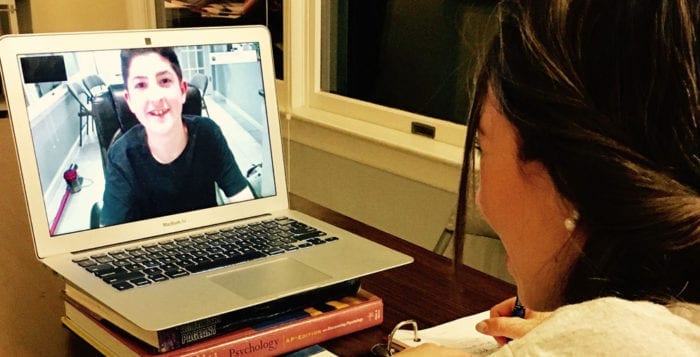Huntington school district taxpayers will be asked to vote three times when they head to the polls May 15.
Huntington’s board of education unanimously adopted its proposed $129,812,991 budget for the 2018-19 school year at its April 19 meeting. The board members also elected to put two additional measures asking for the release of reserve funds to tackle various capital projects and repairs needed in the district’s eight buildings.
“I do believe the budget we are discussing this evening does not short change any educational programs,” Superintendent James Polansky said at the April 19 meeting. “We’ve been very responsible in terms of how we put our budget together and taking into account the taxpayer burden the way we do.”
Adopted 2018-19 Budget:
$129,812,911 total
2.85 percent budget-to-budget increase
2.68 tax levy increase
2.68 tax rate increase
If approved, the adopted 2018-19 spending plan would represent a budget-to-budget increase of 2.85 percent, or approximately $3.6 million more than the current year. The primary costs driving up the budget include the district’s approximately $800,000 increase in contributions to the state’s Teachers’ Retirement System, health care insurance for faculty and staff and rising transportation costs.
Polansky said the district has set aside funds to continue to increase and expand its education programs. Huntington High School will have a computer science course added as well as a virtual enterprise course, a new business elective which simulates an entrepreneurial business for students to run.
“Not many schools have this program yet, Huntington will be one of the first,” Polansky said.
The proposed budget also includes funds to redesign the math curriculum for the mid-level grades and augmenting the elementary school and social studies programs.
State Aid
Since March 26, the district has been able to trim more than $750,000 from its initial draft budget to bring the proposed tax levy intreasse to 2.68 percent. This is largely due to receiving $479,000 more in foundation aid than anticipated after state lawmakers approved the final state budget, according to Polansky, a significant boost from a mere $22,000 expected under the executive budget of Gov. Andrew Cuomo (D). The board of education also approved using $155,000 from the district’s early retirement system reserves to offset the tax levy increase.
“It sounds cliché, but a lot of us receive tax bills twice a year and they are not pretty to look at,” the superintendent said. “We are trying to be mindful.”
Proposition #2: Use $7.1 million from district’s capital reserves for infrastructural improvements
Proposition #3: Create a new Building Improvement Fund in order to be able to use funding from the Repair Reserves to replace the turf field
If the adopted budget is approved by voters, the average Huntington homeowner will see their annual school taxes increase by an estimated $213.69, or approximately $17.81 a month. This is based on the average home having an assessed value of $3,430, in which an assessed value is a dollar value placed on the property by the Town of Huntington solely for the purposes of calculating taxes based on comparable home sales and other factors.
Proposition #2
Proposition 2 will ask Huntington residents to approve the release of about $7 million from the district’s capital reserves fund for critical infrastructure repairs. The list of projects includes the replacement of the roofs at three elementary schools, Flower Hill, Jefferson and Southdown at $1.5 million each; tile replacement in 17 bathrooms at Jefferson and Nathaniel Woodhull School; security vestibules at Flower Hill and Washington primary schools; and replacing two of Woodhull’s boilers. Polansky said the full funding necessary is already available from the district’s reserves and projects cannot be sent to the state for approval, a step needed to begin construction, until the voters approve the funding. If approved by voters, Proposition 2 will have no impact on the tax levy or tax rate.
Proposition #3
Under Proposition 3, the district seeks to create a new building improvement fund. The superintendent said making a new fund is necessary in order to transfer money from the district’s existing repair reserve, which can primarily be used in emergencies, to a newly named capital reserve that will be used for turf field replacement. The district’s turf field is nearing 10 years old, according to Polansky, which is its recommended lifespan. If Proposition 3 is approved, it will also have no impact on the tax levy or tax rate.
A formal budget hearing will be held Monday, May 7, at 7:30 p.m. at Jack Abrams STEM Magnet School auditorium.

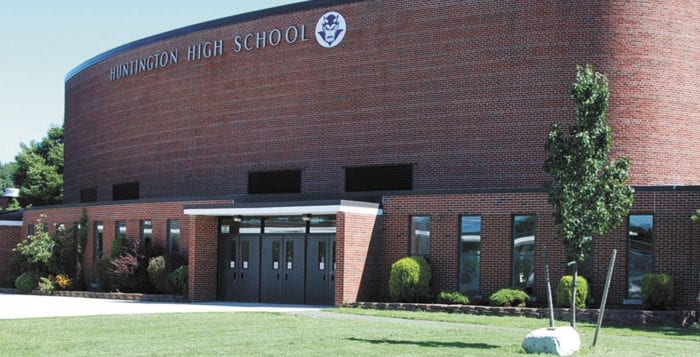
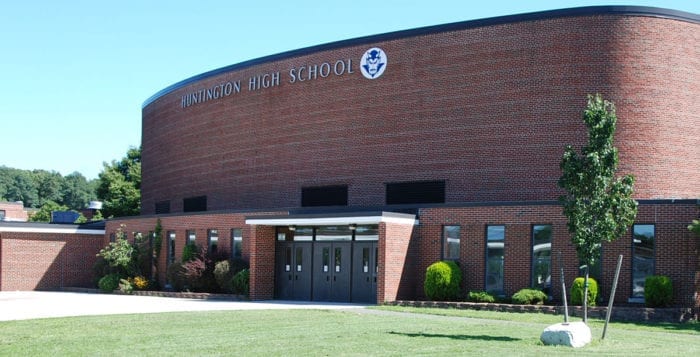
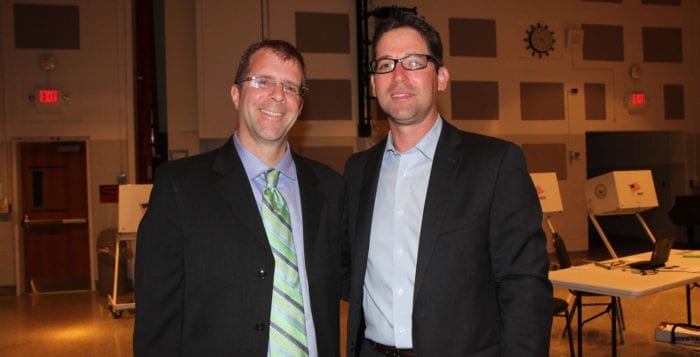
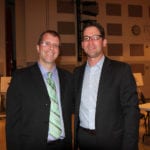


 Chris Kelly is running for a third-time, hoping to finally secure a seat. Kelly has been working in the market data business for the past 19 years, and said he wants to bring his professional skills to add something “unique” to the board.
Chris Kelly is running for a third-time, hoping to finally secure a seat. Kelly has been working in the market data business for the past 19 years, and said he wants to bring his professional skills to add something “unique” to the board. Anila Nitekman said she moved from Manhattan to Greenlawn because of the strong reputation the district had.
Anila Nitekman said she moved from Manhattan to Greenlawn because of the strong reputation the district had. Steinberg said he is eager to continue the work of the board, which he said has been very successful lately, including the creation of a new technology initiative.
Steinberg said he is eager to continue the work of the board, which he said has been very successful lately, including the creation of a new technology initiative. Lauri Levenberg has been a district resident for more than 20 years, and said she has the insight to help lead the school in a positive way.
Lauri Levenberg has been a district resident for more than 20 years, and said she has the insight to help lead the school in a positive way. “I still have a passion for it,” she said in a phone interview. “We should be taking enthusiastic 5-year-olds and making them into
“I still have a passion for it,” she said in a phone interview. “We should be taking enthusiastic 5-year-olds and making them into Loughran said he started attending school board meetings in February when the board was able to approve the nearly $40 million bond.
Loughran said he started attending school board meetings in February when the board was able to approve the nearly $40 million bond. A Long Island native, Herbert worked as a public school kindergarten teacher in Massachusetts for several years and is currently the director of the pre-school program at St. John’s Nursery School in Huntington village.
A Long Island native, Herbert worked as a public school kindergarten teacher in Massachusetts for several years and is currently the director of the pre-school program at St. John’s Nursery School in Huntington village. 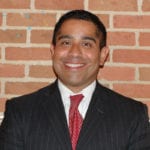 In 2008, Palacios purchased and renovated a distressed property in Huntington Station where he established a satellite law office along with a community revitalization non-profit organization.
In 2008, Palacios purchased and renovated a distressed property in Huntington Station where he established a satellite law office along with a community revitalization non-profit organization.